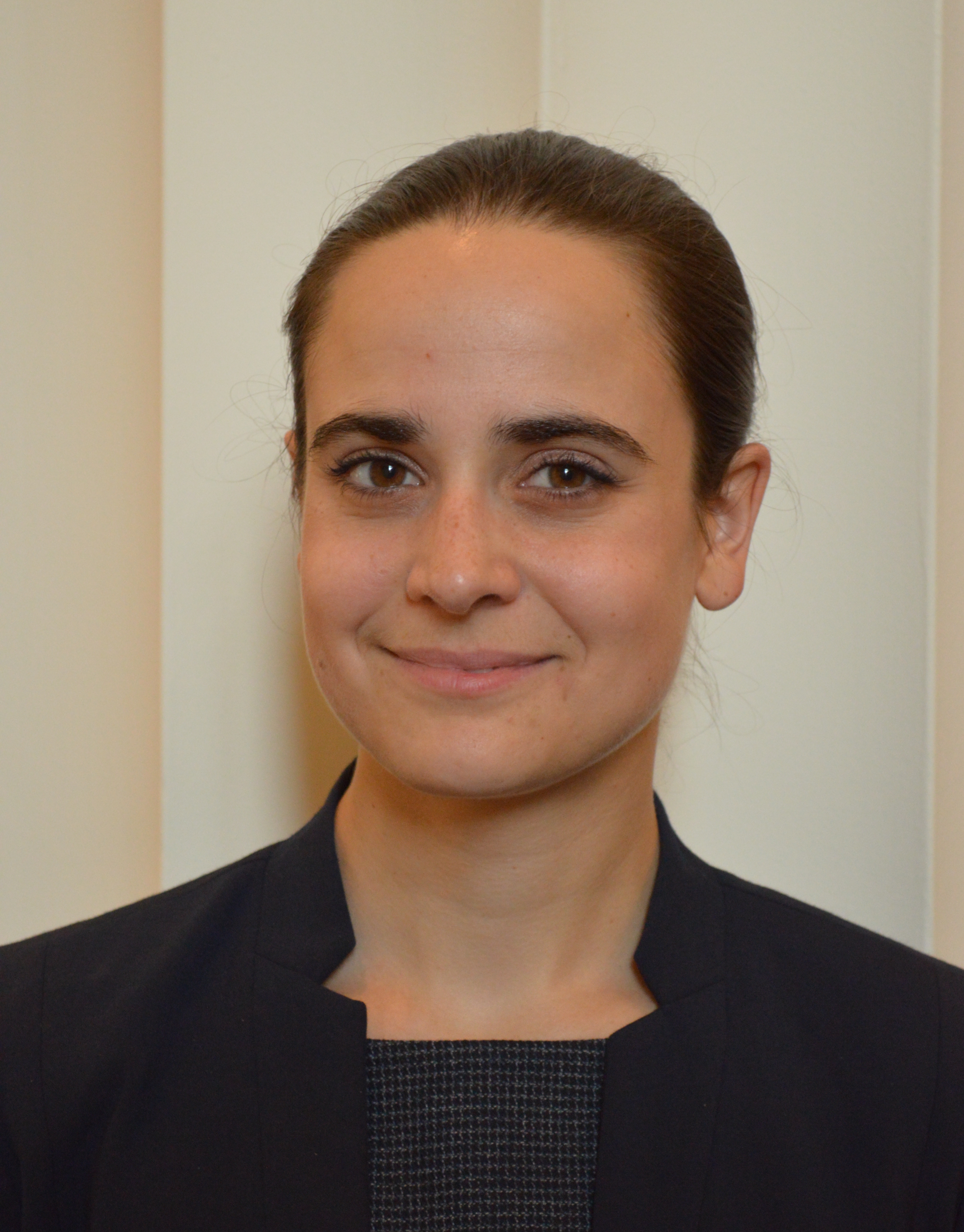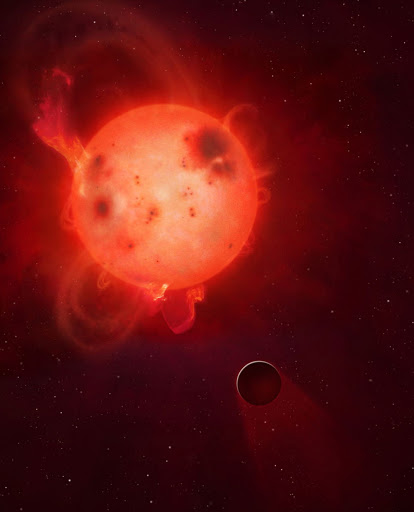 About me:
I am a Lecturer in Physics and Astronomy at the University of Exeter, UK since July 2020.
My research focuses on the detection and characterisation of small, potentially terrestrial planets around other stars
than our Sun (which are known as exoplanets).
About me:
I am a Lecturer in Physics and Astronomy at the University of Exeter, UK since July 2020.
My research focuses on the detection and characterisation of small, potentially terrestrial planets around other stars
than our Sun (which are known as exoplanets).
I spent most of my childhood in France, then moved to the UK to study Physics and Astrophysics.
I obtained my PhD in 2015 at the University of St Andrews, UK.
After my PhD, I was a postdoctoral researcher and a NASA Sagan Fellow at Harvard College Observatory, USA.
Leia
este artigo da Cientistas Feministas escrito por Meghie Rodrigues para saber mais sobre mim e minha pesquisa!
About my research:
Detecting terrestrial planets is a crucial step to answering some of humanity’s most fundamental questions: What kinds of planets are habitable? Is there life on other planets? How do these findings frame environmental challenges on Earth?
The most viable technique to discover other planets with similar observable properties to Earth is to monitor stars nightly over several years to look for the tiny wobbling induced by planets orbiting it (i.e. monitoring a star's radial velocity). For the first time in human history, we have the technological capability to detect temperate, terrestrial planets orbiting other stars, notably via the Terra Hunting Experiment, which is scheduled to start in 2022.
 Artist impression of a planet orbiting a "noisy" star. Credit: Mark A. Garlick.
Artist impression of a planet orbiting a "noisy" star. Credit: Mark A. Garlick.In my research, I aim to overcome the biggest remaining obstacle: "noise" arising from the intrinsic variability of the host stars themselves. Stellar "noise" also prevents us from determining the masses of exoplanets. Determining robust planetary masses is key to the success of the James Webb Space Telescope, a mission launching in 2021 to observe the atmospheres of exoplanets. These observations, too, will be contaminated by the host stars' intrinsic variability (e.g. see this short conference proceeding by Rackham et al., 2019).
Observing the Sun as an exoplanet-hosting star:
The Sun is the only star whose surface we can image directly and at high resolution; therefore, it is a unique benchmark to explore the physical phenomena responsible for radial-velocity "noise".
Since 2015, we have been observing the Sun as if it were a distant, point-like star, using the exoplanet-hunting spectrograph HARPS-N.
Prior to these observations and during my PhD, my collaborators and I used observations of the Sun (our best-known star) to explore the physical processes responsible for radial-velocity variations induced by the magnetic activity of the host stars. You can find out more in this UK Solar Physics nugget: The Sun as an Exoplanet Host Star.
I study velocity flows and small-scale magnetic fields on the Sun's surface, that produce radial-velocity signals modulated by the Sun's rotation. With this solar knowledge, I am developing new analysis techniques for exoplanet radial-velocity observations, in order to determine precise and accurate masses of small planets in the presence of stellar variability. I talked about the impact of stellar magnetic activity in exoplanet searches in this Exocast.
The unsigned magnetic flux as a proxy for radial-velocity variations:
In my most recent paper (submitted to ApJ; posted on arxiv) , my collaborators and I estimate the Sun's radial-velocity variations over the last solar cycle using images from the HMI instrument onboard the Solar Dynamics Observatory. In agreement with previous studies, we find that the unsigned magnetic flux is an excellent proxy for intrinsic stellar radial-velocity variations on the rotation timescale. I gave a talk about this analysis, which is recorded here.
Determining the masses of exoplanets in the presence of stellar "noise":
In this Astrobites blog post, written by Ben Montet, explains the new analysis technique that I developed in my PhD to determine reliable masses for the planets orbiting the active Sun-like star CoRoT-7. This technique treats intrinsic stellar variability as correlated noise, using Gaussian process regression. I gave an introductory-level talk on Gaussian processes at the 2018 Sagan Summer School, which you can watch here.
Using exoplanet observations to place Earth into its astronomical context
Exoplanet discoveries are driving a new kind of Copernican revolution, prompting humanity to reflect on its place in the Cosmos. Recent observations show that planets are common, particularly planets with sizes similar to Earth's; but just as each one of us is unique, so is every Earth. The history of our own Earth shows that small changes in atmospheric properties can dramatically affect a planet's suitability for life. Placing Earth in this astronomical and geological context demonstrates that Earth is our only home, a fact that can inspire many to action.
Simultaneously, astronomy inspires awe, which is shown to stimulate tolerance and catalyze collective action.
In 2019, I obtained a Certificate in Sustainability at Harvard's Extension School. The understanding I acquired of social and environmental issues on Earth has emboldened me to create opportunities for astronomers to weigh in on them. Last year, I organised a session: "Engaging the cosmic perspective on environmental and social issues" at NASA's Hubble Fellows Symposium (see my introductory slides here). I spoke at NASA headquarters on this topic in March 2020. Last September, on an academic visit in São Paulo, Brazil, I gave a seminar highlighting observations of the Amazon rainforest seen from space, to urge its protection (see my talk slides here).
CV and publications:
Click here to view my CV.
You can view my publication list on ORCID: 0000-0001-9140-3574
You can download my PhD thesis
here.
Contact: